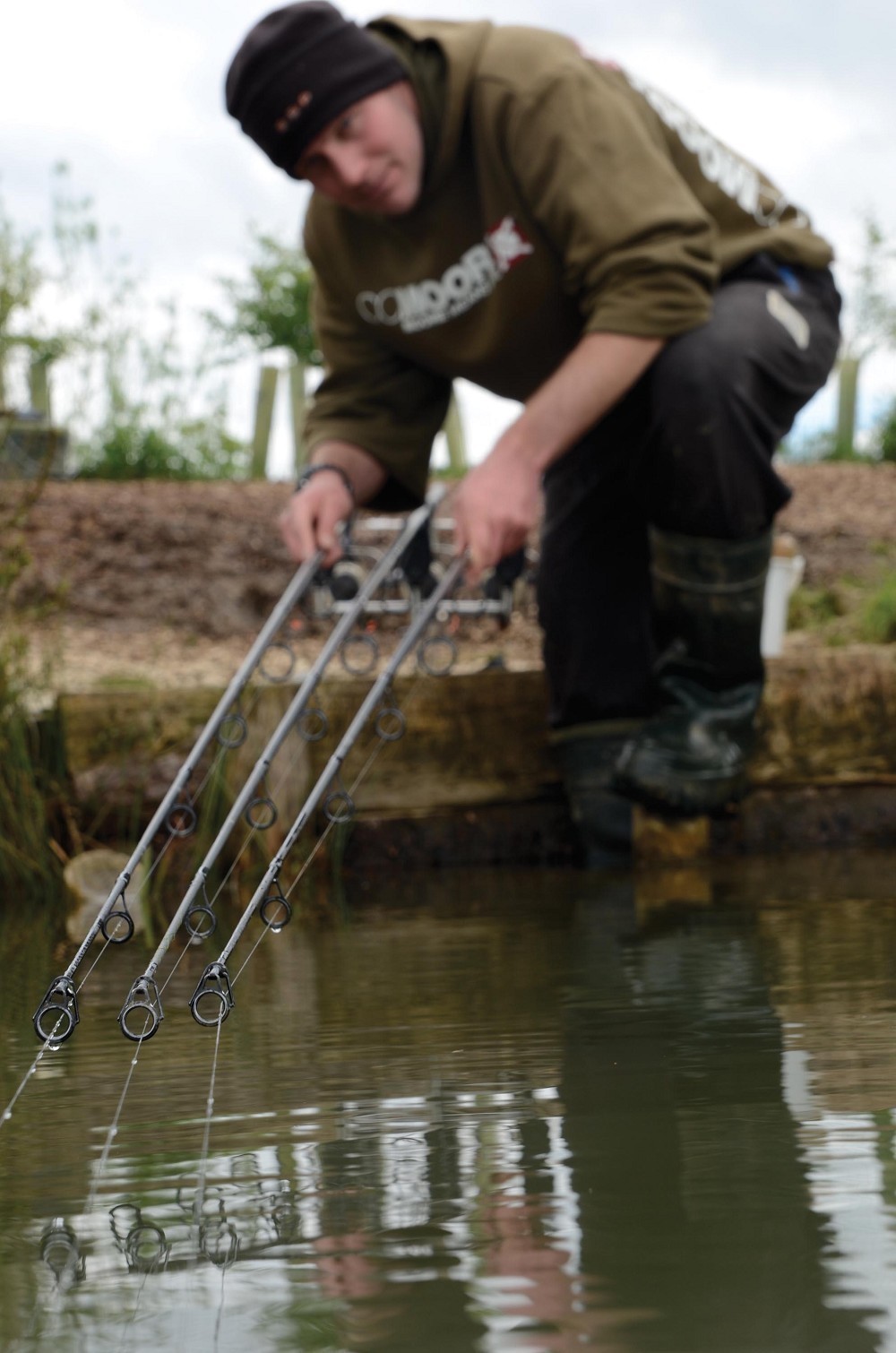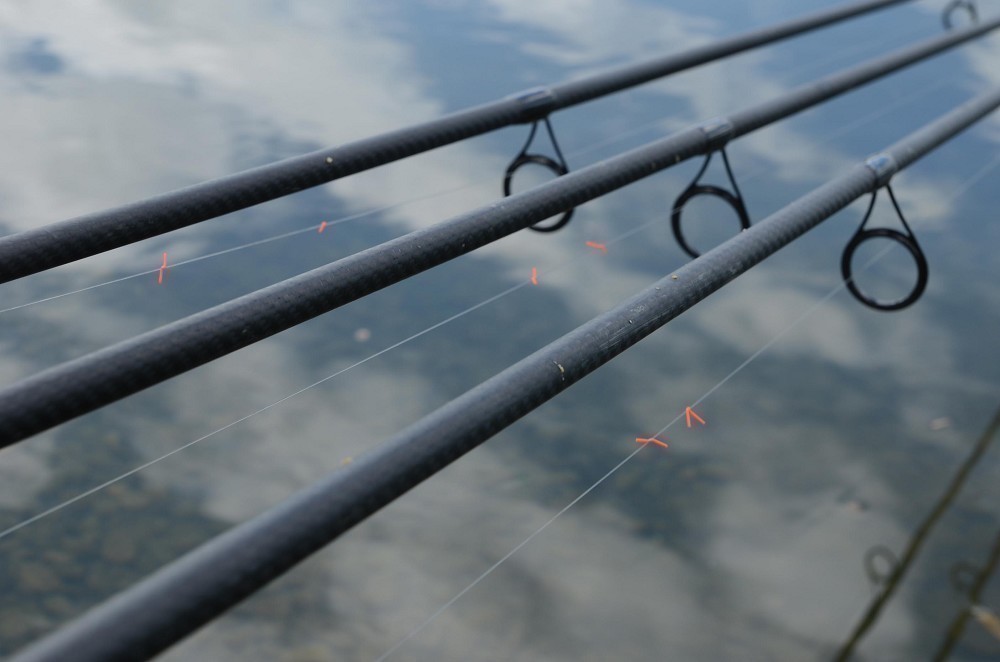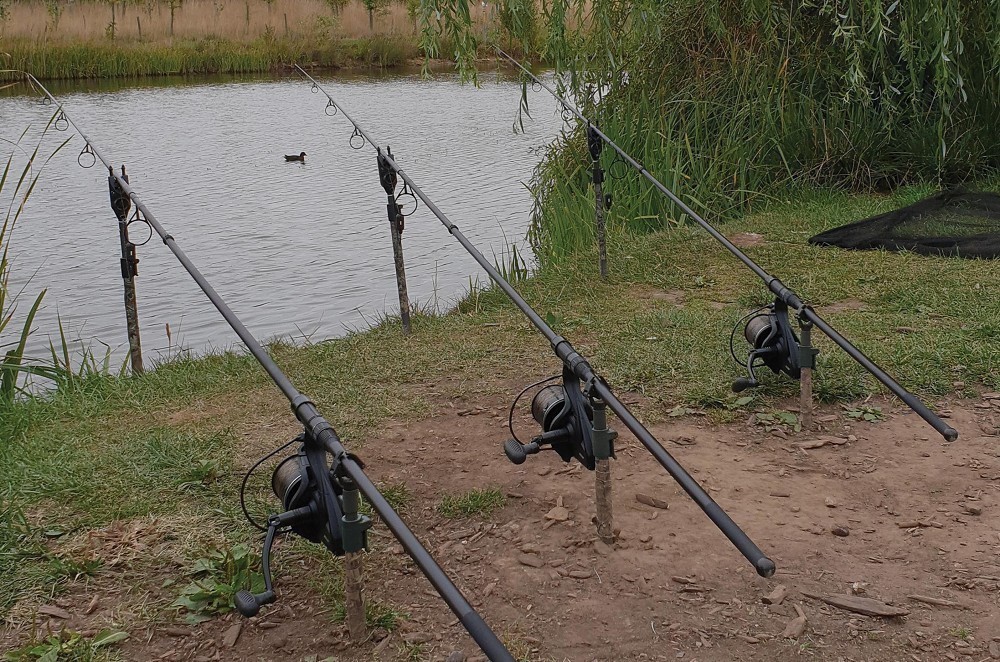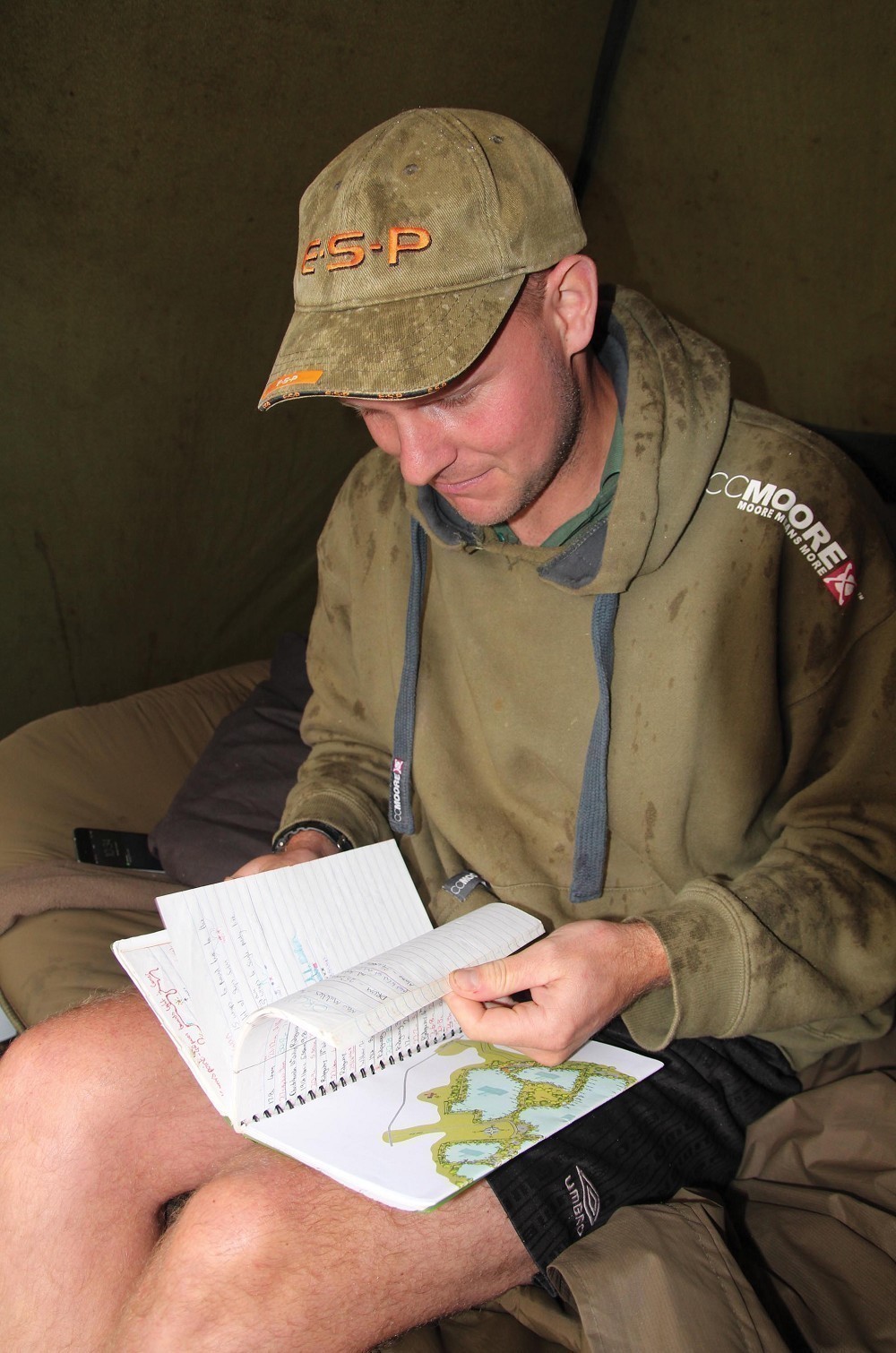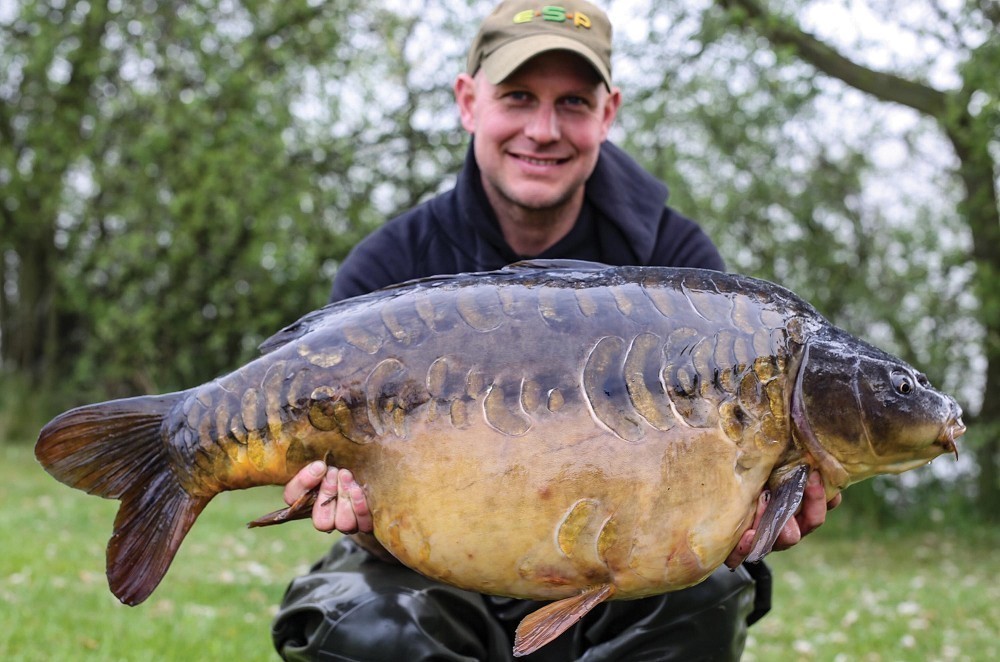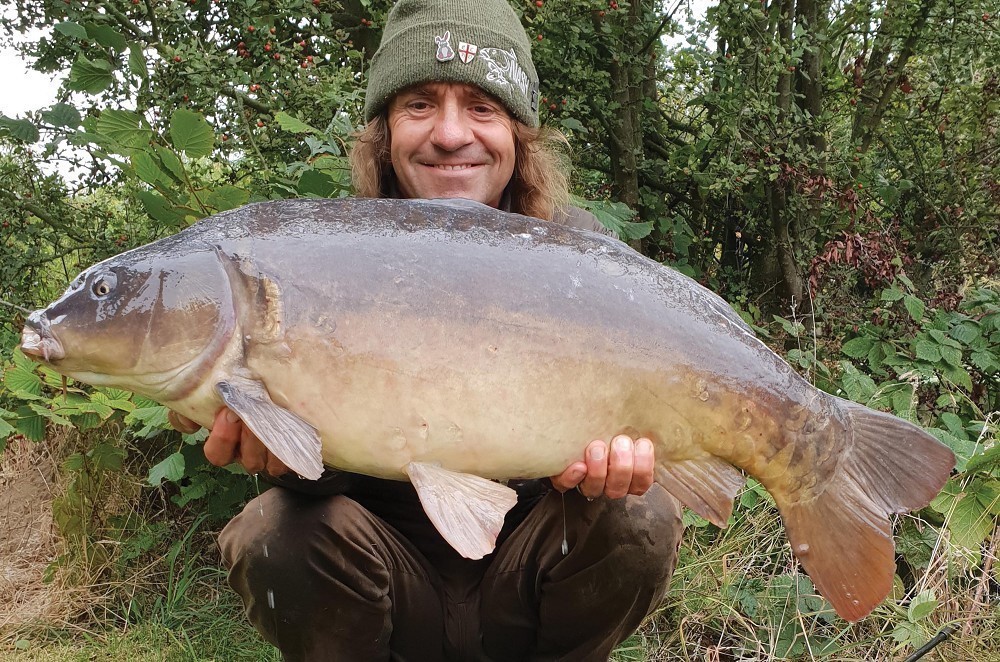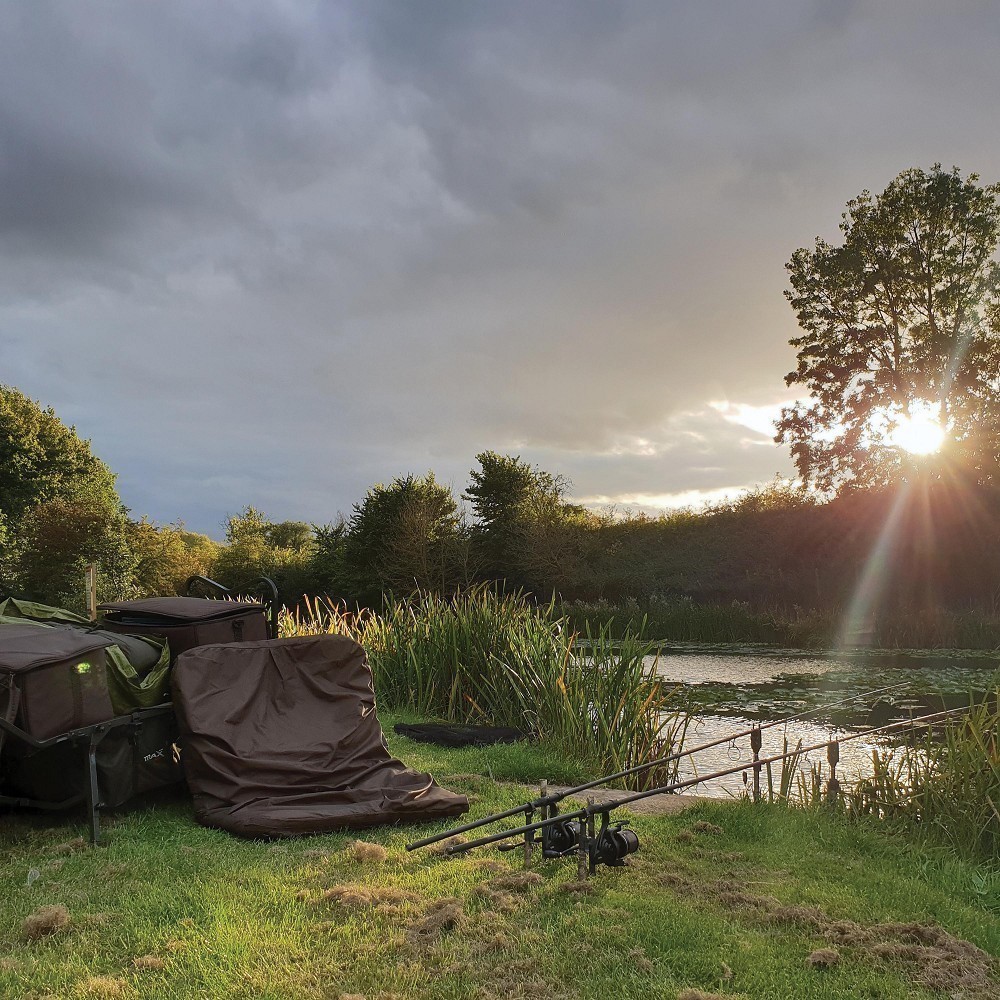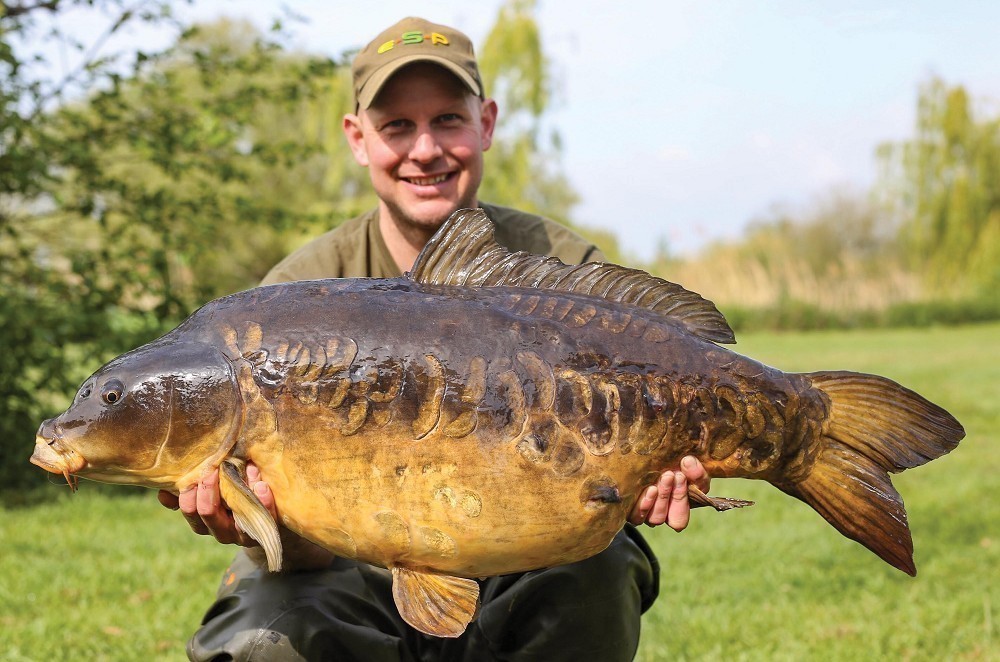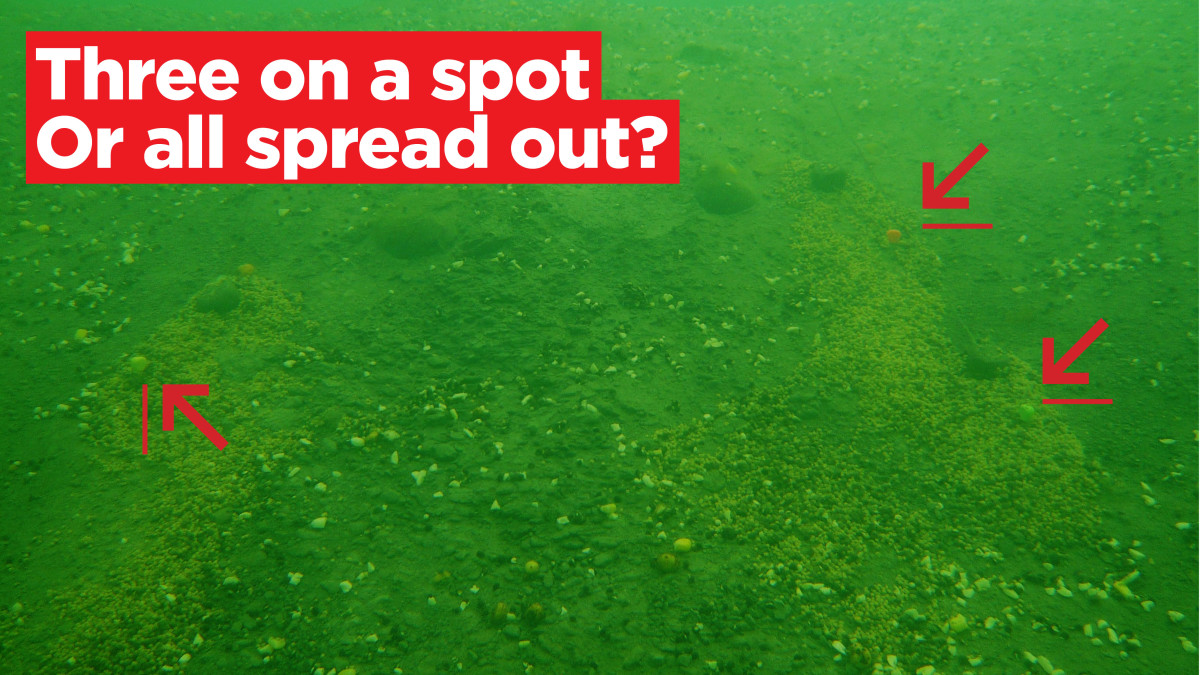
'Three-on-a-spot' vs. 'Spreading them out'
Kev Hewitt and Julian Cundiff have their say...
Three lines running out perfectly parallel, with three line markers also lining up perfectly at the tip rings: it’s an image we’ve seen time and time again from the likes of you Kev, and your good friends Tom Maker and Mark Bartlett. Why do you prefer to fish like this and what’s your thinking behind this approach? At the other end of the spectrum, we’ve all seen your shots, Jules, where you’ve got individual banksticks spread around the swim and all three rods on completely different spots and areas.
Let’s start with you then Kev… what’s your reasoning?
Kev Hewitt: “The old three-on-a-spot debate, hey? This is a topic in fact, that’s brought about many a debate over the years… my own, personal views have come from what I’ve found out myself and not from what I’ve read. Twenty years of developing a tactic, implementing it and reaping the rewards on pretty much every venue I’ve fished have all given me the confidence to say that three rods accurately placed ‘bowstring’ on a spot is a deadly tactic.
“If you’re a dab hand with a marker rod, then finding the best spot within a swim becomes second nature and once that spot’s found, fishing it accurately and baiting heavily will see the fish competing for food and without doubt, will make them easier to catch. By spreading the bait around the swim, you’re also spreading the fish and so are less likely to induce competitive feeding on the one spot. I know you prefer to fish three different spots Jules. Talk me through your thinking behind this as it’s not something I have any confidence in…”
Julian Cundiff: “I get asked loads of questions about carp fishing and hear lots of anglers say that they love reading X, Y and Z, but my experience is that advice is only any good if it bears any relevance to the waters you’re fishing. As much as I love Tom Maker and Terry’s pieces, because my waters - or even my fishing - is nothing like theirs, there’s not much I can utilise, other than the inspiration to get out there. Three rods on a spot just wouldn’t work particularly well on my waters. I fish short sessions - usually of well under 12hrs - on waters under 10-acres. My prime concerns are to find them visually, or through common sense (experience or sixth sense if you want to make people think you’re special… yawn!), not to scare them and to then get a rod on them. In basic terms, I don’t believe for one minute they’re all in one area… probably several if I’m being honest.
“Can I get one on them? How are they entering or exiting my swim? Let’s get a rod on those spots to catch them on the way in, and the way out too. I can only land one at a time, so when one goes off, that marked rod (using tape and sight lines), is landed and left in the net. A pre-tied rig goes back on the spot and we’re fishing again. Of course, it relies on you marking your rods and having the experience to know how much feed to put out. I guess I’m picking them off rather than going for that big hit, which generally I don’t have the time or inclination for… does that make sense?”
Kev Hewitt: “Yeah, it makes perfect sense. I did a few 12hr overnighters on Farriers on Cotswold Water Park late winter and adopted a similar approach. I fed no free offerings at all, but just made sure I had a rig wherever a fish showed. This worked wonders and it produced five bites in three short trips… bites I never would have had if I’d baited heavily with three on a spot.
“On the flip side, there have been a number of times where choosing the right spot and baiting heavily has produced quick bites - on many occasions within an hour. In my opinion, the type of day ticket venues I fish suit the style I adopt. The venues have a decent stock of fish - anywhere from 100 to around 600 carp - so there are plenty about to trigger aggressive feeding.
“Jules, on your shorter sessions, I’d like to delve more into your baiting approach… do you just fish singles to nick a bite, bait heavily, or mix it up by trying different approaches on all three rods?”
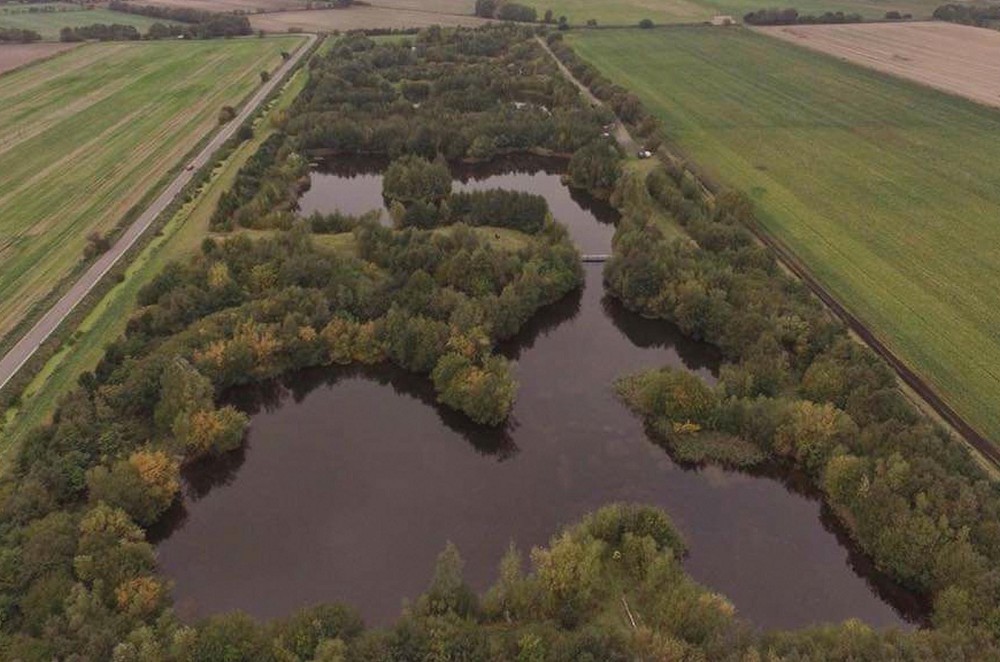 A typical lake I fish… Those carp can come from a variety of angles so I pick them off; you really don’t want your eggs in one basket here
A typical lake I fish… Those carp can come from a variety of angles so I pick them off; you really don’t want your eggs in one basket hereJulian Cundiff: “I don’t think I’ve ever fished a water with that many fish… well, maybe Drayton in the colder months for a ‘snow carp’; I think the trigger is time and acreage. Occasionally, I can build up a feeding response on a short session, but usually I’m trying to nick a bite. By regularly baiting with a food item, when I turn up once again to fish, a small amount will do the trick. How many carp does it take to trigger aggressive feeding? Two? Three? Four? I’ve watched four fish almost fighting for food when they want the right stuff!
“To answer the question then, I tend to start on singles - that’s unless it’s a water I fish and bait regularly and conditions are perfect for a hit, so to speak. In that case I’d happily fish over half, to a kilo of 12mm Key no problem. That’s down to experience, watching the water colour up and so on.
“When you talk about fishing three on one spot, how tight do you go and at what range, generally? I’m not the worst, nor the best caster in the world, but three on one spot at over seventy-yards would be some achievement… and for what purpose? Again, you can only land one at a time surely, and how can three be better? Sounds like a recipe for disaster. Surely it’s better to get one on the spot, get your bite, cut the hooklength off and get it back on the money? I just don’t see three rods being a real advantage, unless you’re comparing rigs to see which presentation or hookbait’s best?”
Kev Hewitt: “Of course, the size of the lake, where the fish spend more of their time, and the features within the swim all dictate the distance I fish, and as a general rule, I’d say anywhere between 70 and 110yds. The spread of the hookbaits depends on the depth of water and size of spot. The smaller the spot, the tighter the rods. The deeper the water, the more the spodded bait spreads out as it falls through the water, which reduces the need for tighter rods. The aim of the game for me, is to get the baiting as tight as possible and I’ll fish three hookbaits within a distance the same as my fingertip to my elbow. If the spot’s bigger and the water deeper, I’m happy to spread three hookbaits within a six-foot radius.
“I guess the tactic first came about from the very fact that I fish busy day ticket venues where the pegs can be quite tight and where spreading rods on three spots would mean poaching someone else’s swim. Over the years though, it’s a tactic that’s been refined and its effectiveness has really opened my eyes. It’s not just a tactic for fishing for multiple bites and can be equally as effective when fishing for just one.
“My theory is as follows… the more bait you put in, the greater the likelihood of a fish feeding. If you were to put a kilo of bait on three different spots, a fish will see just a kilo and might not be overly excited by the quantity or safeness of feeding on a lightly baited spot. If you were to put all three kilos of bait on one spot (providing it’s the right spot), then a fish is more likely to feed with confidence. I mainly start with between four and seven kilos of bait on a spot - remember, the main bulk comprises hemp, corn and a sprinkle of 10mm boilie. We’ve found the right spot then, and we have around five kilos of bait on it. I’m now confident they’re going to feed on the spot if they’re there come bite time.
“Carp can be very good at avoiding rigs, even when feeding with confidence. If you have a tightly baited spot with three rigs on it when a carp feeds however, it will never be more that a foot away from a rig at any given time… the odds of a bite have pretty much trebled. Should one rig be tangled or even sussed, the fish will swim a foot further and come across another. The concentration of bait having induced aggressive feeding - this can be achieved easily, even if there’s just one fish on the spot - the likelihood of the fish feeding for a sustained period of time, never further than a foot away from a hookbait, pretty much means that the carp will inevitably slip up.
“Yes, I’ve played around with three different presentations and three different hookbaits ever since I started, and my findings? I’ll tell you. If you get the fish feeding on a spot, the rig and the hookbait make pretty much no odds whatsoever… get them feeding and any presented bait will produce a bite. I once fished three on a spot on, on the notoriously tricky Swan Lake on Bluebell: a solid bag, a Chod and a Hinged Stiff Rig. I had a bite on all three in a one-hour period. For this reason, I’ve always kept my baits simple. I just use tackle I can rely on and a set-up that’s easy to tie… no joke, I’ll quite happily fish a ready tied rig straight out of the packet.”
Julian Cundiff: “That’s great Kev… it’s the first time I’ve heard it all explained in such detail. The issue I have is not that the tactic doesn’t work - it clearly does, given your consistent results - but that for the majority of carp anglers it requires all the planets to line up for them to have the success you have. In my opinion, it really is a ‘specialist’ approach, for the following reasons:
1. You need to be able to afford to put that amount of bait in.
2. You need to be a bloody good caster to deliver both the feed and the hookbaits accurately, time and time again.
3. You need either a good head of carp, ideal feeding conditions or the time for them to get into that frenzy - or more than likely, all three!
“It reminds me of the old adage that everybody wants big muscles, but nobody wants to lift big weights, or they all want to be the next Terry, but won’t ever be able to duplicate his drive, mindset and timeline. This works for you, but for most carp anglers it’s too focused. The advantages of the approach I advocate are:
1. Whether you’re fishing a water with low or high stocks, the chances of them all, or even the bulk of them being in one area is tiny, so having your rods spread to where they are or where you think they are sees you more likely to be ‘on them’.
2. Carp are, by nature, curious and greedy and will investigate food. The quality of hookbaits and the effectiveness of rigs (meaning a sharpened hook at the very least), means that once they sample that hookbait, bingo!
3. Because you’re not putting all your eggs in one basket, even if you miscalculate where you think they are, or if conditions change etc., you can soon reposition rods without wasting all that feed or have a big pile of it sitting out there doing nothing.
4. You can get bites a lot quicker - well, in the time it takes to get three rods out. Compare that to how long it takes to deliver several kilos of bait at 100yds…
“Now I’m not doubting for one moment how effective it can be, but in the grand scheme of things, it’s a little bit s**t or or bust for me as a tactic. Sure, if I had time, the conditions were ideal and I saw or believed that most of them were in one area, I’d try it. Maybe it’s just the waters I fish? Way back in the day, I’d do a similar thing at Willow. I’d bait an area maybe the size of a small garage and catch them coming in and out of the small Bungalow Bay and it worked. I’ve found though, that pressure on waters and the limited time I have, both mean my ‘spread’ approach works best.
“I’ll leave the last words to you Kev, but end by saying that in the last 15 months, fishing almost 30 different waters, the approach has brought me around 1,000 carp - of course, I’m not a big fish specialist or match angler, but I think this approach probably suits, or would better suit, most anglers?”
Kev Hewitt: “I would have to agree that spreading the rods will work best for most anglers. The biggest stumbling block I see when it comes to fishing three on a spot is choosing the right spot. Don’t get me wrong, I’ll only put in more than five kilos if I’m absolutely and completely confident that I’m on a spot they’ll feed on. If I’m not, then I’ll resort to scratching a bite with Zigs, solid bags or floaters.
“This year I’ve been targeting Bluebell’s Kingfisher Lake - another notoriously tricky water. I’ve narrowed it down to just four spots on the lake where my tactic will work. I’ve actually done 14 nights this year for 23 fish, with 19 of them coming off those spots; the remaining 4 I’ve had to scratch for by spreading the rods and varying the tactics as I’ve not had a feeding spot in front of me. To put this into perspective, I had just 8 fish from 20 nights on the venue last year and fished it for a year and a half before I had my first fish, and then whilst fishing three on a spot. I’ve put in a fair amount of groundwork to figure it all out, but I’m now reaping the rewards for my trial and error, and my time and effort. In all honestly, my best bit of advice would be to fish with confidence and adopt an approach that works for you.
“Thanks for your time Jules; it’s been a pleasure.”
Julian Cundiff: “Cheers Kev. As always, I’d say don’t fish like a clone, but look instead, at the context the advice is given in. If I was turning up at Kingfisher tomorrow, then I’d be an idiot to ignore what you’ve said. Look at where you’re fishing, your experience, the time you have and the fish stock, and then make your decisions… no one size fits all guys!”



